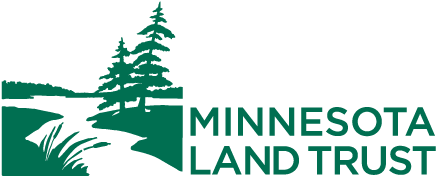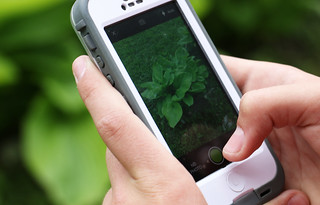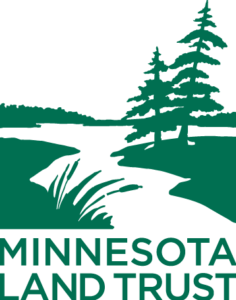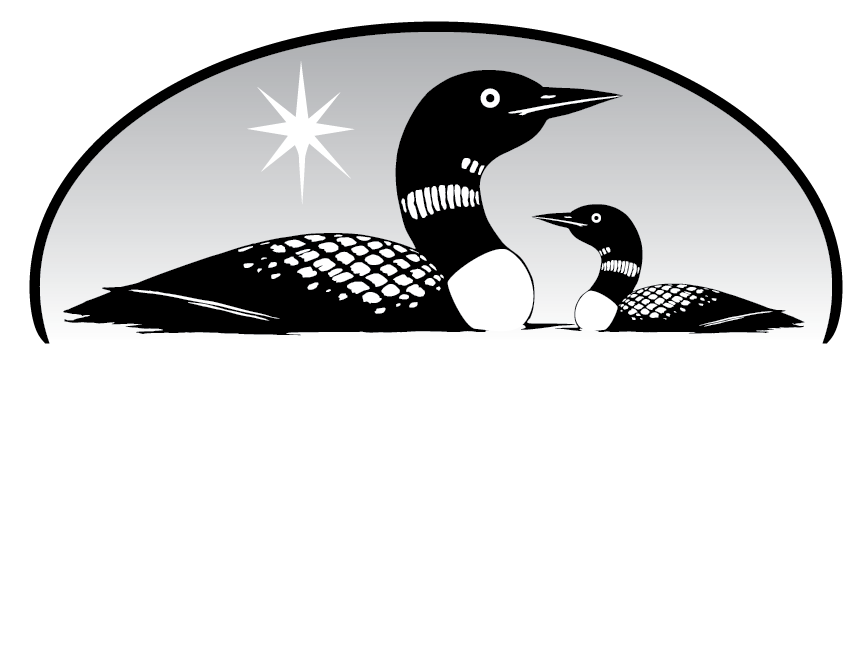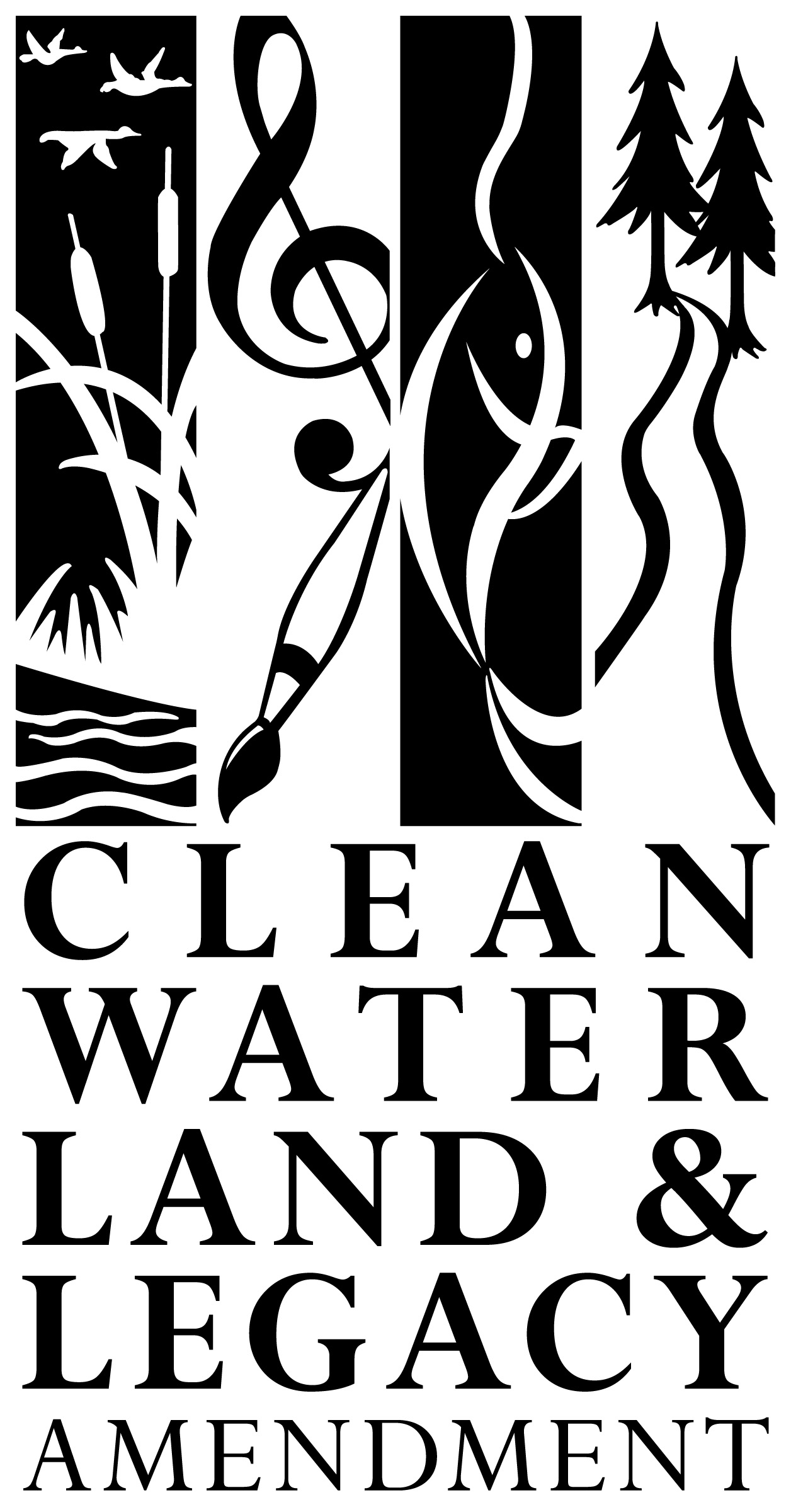Have you ever found yourself face to face with a plant or animal track that you just can’t place? Have you heard familiar birdsong you wish you could Shazam? Well thanks to your smartphone, you don’t have to have a degree in natural sciences to become more familiar with the world outside (and yes, there’s even a Shazam but for birds).
While some of our volunteers have backgrounds in conservation and natural sciences, many of the people who work with and support the Minnesota Land Trust are simply passionate about conservation and have an intense interest in the natural world. Now, thanks to smartphones and the internet, you can collect observations during your time outdoors that can help advance our understanding of the processes, interactions, and species that “compose” nature. By tracking and observing nature around you whenever you’re outside, you can help contribute to the fast-growing field of Citizen Science. While there’s no hard and fast definition, Citizen Science is the idea that people without scientific backgrounds can contribute valuable data and observations to academic-grade datasets, which are used to benefit the broader scientific community and world.
So whether you’re sharing observations about natural features on Land Trust protected properties as a monitor, cataloging plants you’ve never seen before, or helping do bird counts — your contributions are teaching us more about the world around us.
Resources to guide your journey
Where citizen science really shines is through the crowdsourcing of data gathering using smartphone apps and the internet. These apps enable users to connect to a wide network of scientists and natural resource professionals who can harness the data to track trends including migratory bird patterns, spread of certain (can you say invasive?) plants, and other trends and processes in the natural world, that couldn’t be observed without the millions of observations and data points that citizen scientists contribute every year. Even Land Trust staff rely on these apps in the field to identify flora and fauna when working outdoors.
Get started today with one of the resources below:
iNaturalist – One of the world’s most popular nature apps, iNaturalist helps you identify the plants and animals around you. Try Seek for a kid-friendly option.
eBird – Explore, share, and track birds and hotspots near you and wherever you go, all based on the latest sightings from around the world.
Minnesota Wildflowers – Identify wild plants that grow in Minnesota, both native and non-native.
Merlin Bird Photo ID – Use a picture to quickly identify birds.
